I always kept notebooks of sample work and weekly notes of what we did for each class. I started this because I was always afraid I would have a compliance officer standing on my doorstep some morning when I was least prepared for them, but the notebooks have proved a wealth of information to me on numerous topics over the years, so I am very glad I kept them!
Our third grade science year:
Week 1 (as you will see from my curriculum post for this grade, we were supposed to be doing science daily):
What is Matter - States of Matter: Solids, Liquids, Gases - What is Matter Made Of - Atoms and their Parts
Began intro to chemistry with How Science Works and Visual Factfinder: Science and Technology (see my reading list on chemistry for details).
Began talking about elements, the periodic table and properties of elements.
Did experiments re: brittleness and hardness.
Did experiment re: space taken up by solid vs. liquid form of same substance, using oil/butter/margarine, whipped butter and water (margarine good for demonstrating mixtures).
Read from How Science Works re: insides of atoms, elements, and compounds.
Did experiments on liquids re: viscosity and boiling point. (All these first experiments are to be found in the How Science Works book, by the way.)
Week 2:
Continued reading from How Science Works re: inside an atom, elements and compounds.... (See how I'm already falling off? I had a ninth grader still at home and was attending to his needs/classes/ extra-curriculars, too....)
Week 3:
Chemical Reactions
Read from How Science Works about chemical reactions.
Remember! Most schools don't really do science (or not to any depth) with children this young. ANY science, especially with some discussion and experimentation, is a lot more than they will get at this age in most schools! (Making excuses....)
Week 4:
Acids and Bases / Salts and Soaps
Read from How Science Works re: acids and bases, salts and soaps.
Week 5:
Organic Chemistry
Read from How Science Works re: organic chemistry.
Began "Mad Scientist Club" (thought this would be an "out" for me, lol - teacher taught one class, on chemical reactions (acids and bases), then had a sick parent and went away for the rest of the semester....)
Week 6:
Atoms and Molecules
Read The Story of Oxygen, Karen Fitzgerald.

Oh! We had one more "Mad Scientist" I forgot about - talked about properties of liquids (density) and made a "lava" lamp (different liquids of different densities in a column....)
Club did also provide us with info on Paracelsus (alchemist) and experiments with filling a balloon using a baking soda/vinegar reaction and talk of exothermic vs. endothermic reactions. Had an observation/conclusion sheet to fill out. Also, steps of the scientific method info sheet; "The Matter Rap;" and a similar observation/conclusion sheet for the oil and water molecule mixing on the second meeting date.... So that was something....
Week 7:
Read Routes of Science: Atoms and Molecules, Chris Woodford, et al
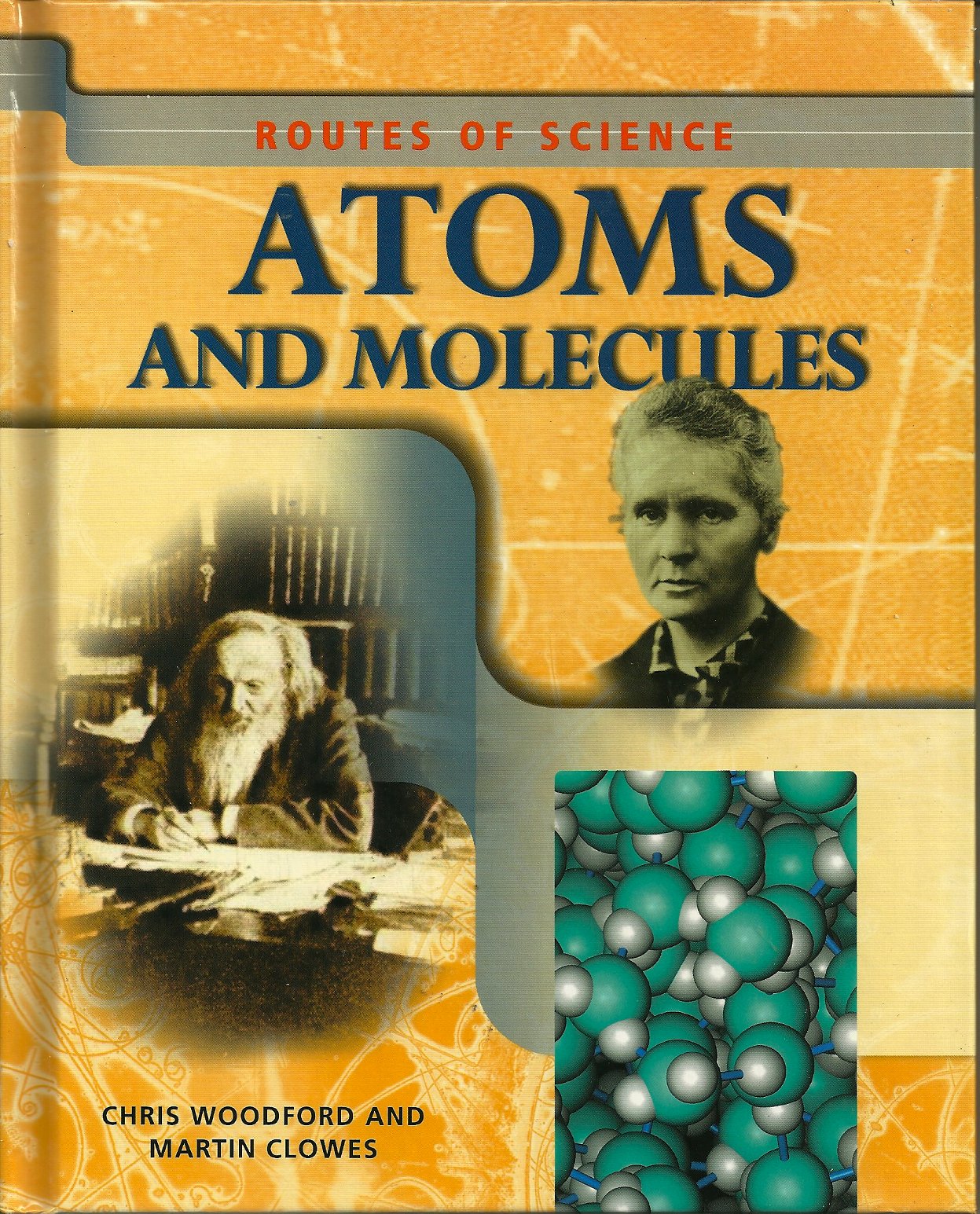
Week 8:
Continue Atoms and Molecules
Did intro vocab work from Adventures with Atoms and Molecules and first experiment watching atoms of blue dye dispersing through water and atoms of vanilla extract dispersing into the air of the room from inside a balloon.
Read A Drop of Water, Walter Wick.
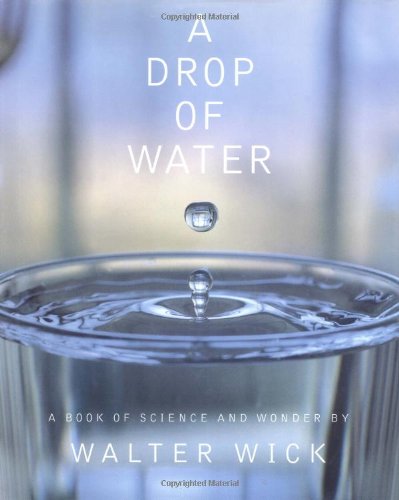
Week 9:
Read The Quark, Fred Bortz
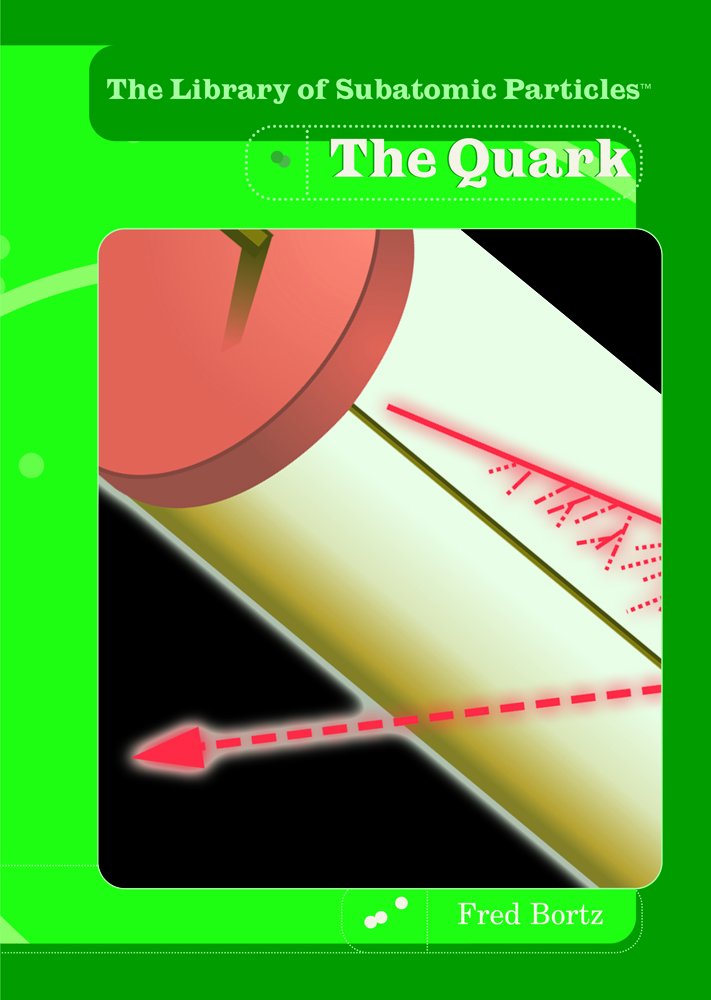
Did experiment to determine how small molecules are.
Did experiment to see how molecules move when heated/cooled.
Read What's Smaller than a Pygmy Shrew? Robert Wells.
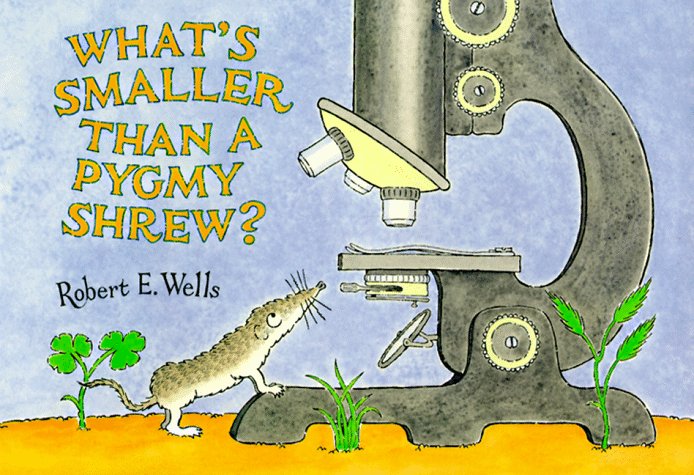
Read Hot as an Ice Cube, Philip Balestrino.

Week 10:
Looking at Sugar Molecules in Solution; Properties of Syrups; Nutritional Component of Sugars
Read:
Fats, Oils, and Sweets, Helen Frost
From Flower to Honey, Robin Nelson
From Maple Trees to Maple Syrup, Kristen Keller
Sugaring Season, Diane Burns
Let's Learn About Sugar, Maud and Miska Petersham
Ininatig's Gift of Sugar, Laura Wittstock (traditional sugar making)
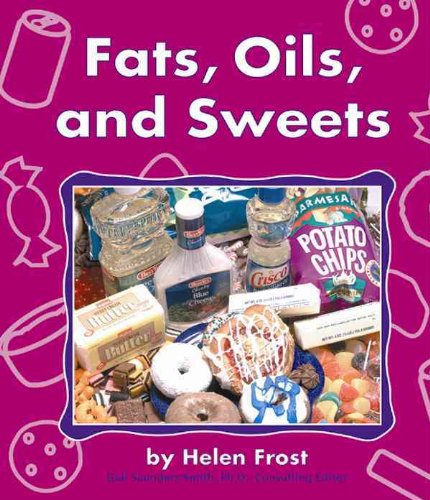

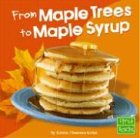
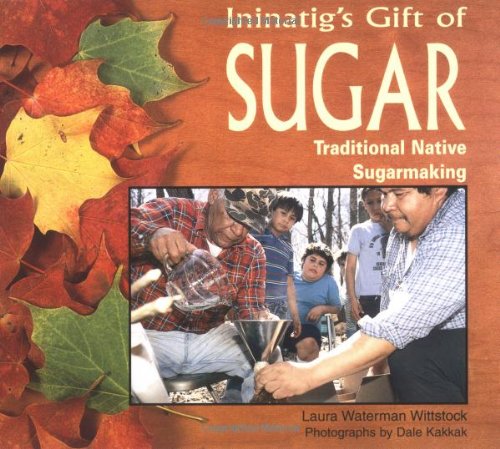
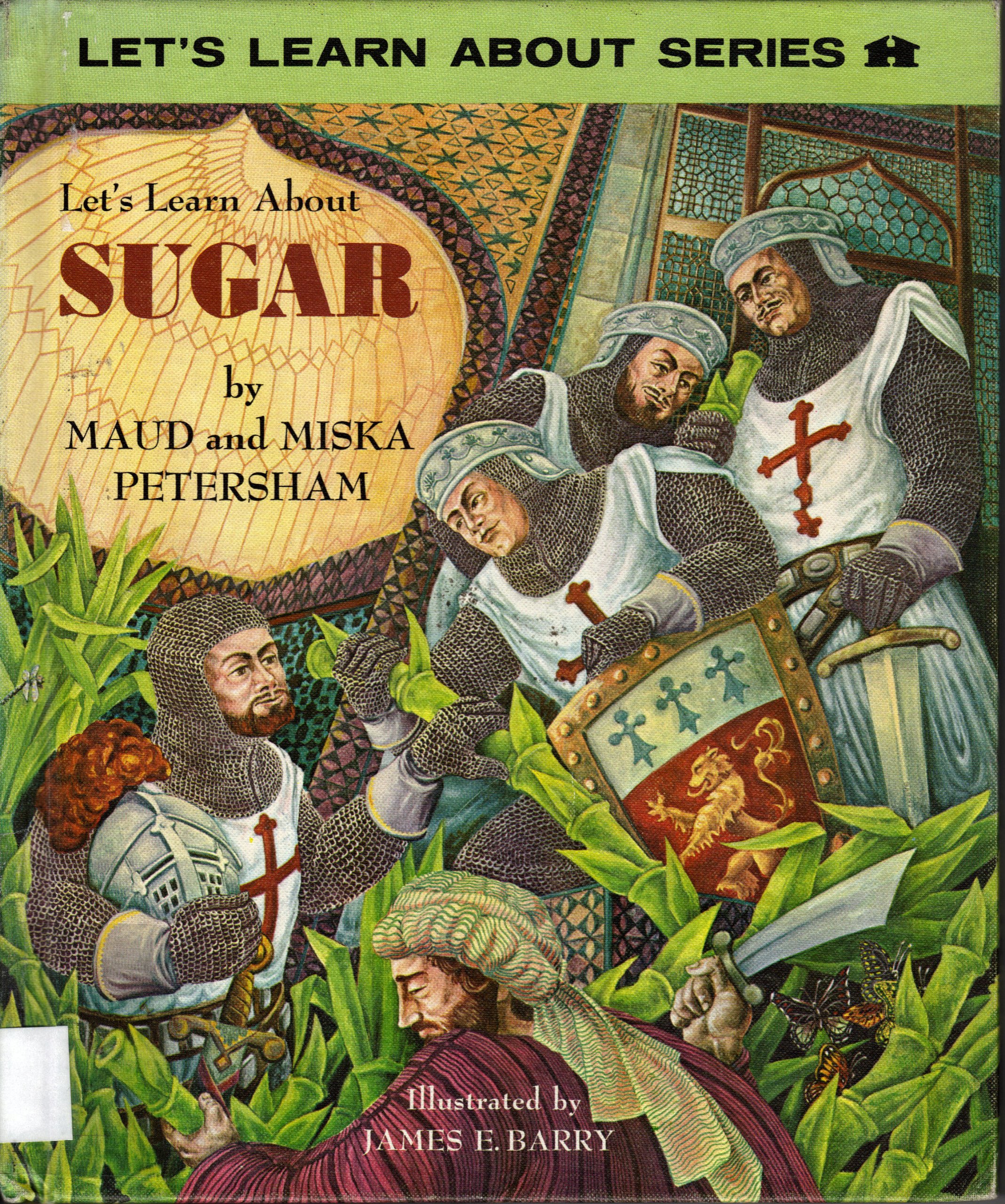

Did experiment to see if there's space between sugar molecules.
My son was active in a 4-H Horse Club this year (for kids interested in horses who did not own horses) and related to our horse science studies he also watched a couple of videos this week: "Justin Morgan Had a Horse" and "Eyewitness Horse." He completed a worksheet regarding Justin Morgan and the Morgan Horse.
(See how I'm starting to get the idea that I can still do other science besides just chemistry?)
Week 11:
Acidity All Around Us: Ozone; Other Acids in Nature and the Atmosphere (Acidic Gases)
Re: acids and bases, read selections from the book Ozone, Kathlyn Gay (You don't have to read ALL of every book - especially with smaller children! Just read applicable parts; read captions or tables, etc. to draw them in and give them a taste without killing them - or yourself....)
Also read:
The Air We Breathe! Enid Bloome
What Makes a Lemon Sour? Gail Haines
Did experiment to see if gas molecules are further apart than liquid molecules.
Did experiment mixing a base with various acids to make gases.
Week 12:
Did the following experiments:
1) To see if molecules are attracted to a charge;
2) To see if similar molecules attract each other.
3) To show that work creates heat in molecules.
Week 13:
Reading about the scientific revolution in history this week: Galileo and Newton. Read several books regarding scientific theory, etc. (Hehehe, make one class count for two....)
Watched "Magic School Bus Plays Ball," re: Newtonian Theory of Gravity, Friction, etc. (Yes, really more physics related, but STILL science!)
Chemistry of Cooking (was *supposed* to start kitchen chemistry experiments here but it took a while....) - Yeasts
Read From Grain to Bread, Ali Mitgutsch.
Week 14:
Chemistry of Color
Read from: What do You see and how do You see It? Exploring Light, Color, and Vision, Patricia Lauber.
Also read My Science Book of Light, Neil Ardley and The Science Book of Color, Neil Ardley.

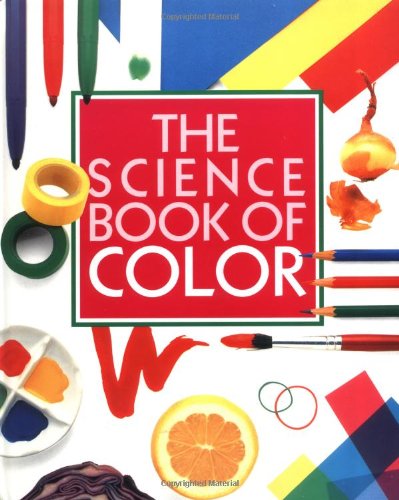
(Also more physics than chemistry....)
Week 15 and 16 - I got nothin'....
Week 17:
Began "Tree of Life" biology class (YES, I said BIOLOGY - I was teaching it at co-op, which is probably why I didn't get to science at home the two prior weeks....)
Started class with Bacteria and Protists, Classification, etc. A professor from Transylvania University here in town brought good microscopes so we could look at stuff up close. The kids drew and labeled basic parts of bacteria. They also sketched what they saw on the slides they looked at and we discussed.
We then moved on, over the next several weeks, to "bugs," amphibians, fish, reptiles (and a 4-H guy brought live samples to look at), then birds (we raised baby chickens using a 4-H loaned incubator), and finally finished up looking at some fungi.
I used a variety of worksheets related to the reptiles and amphibians and when the 4-H person brought some to class, they also sketched their favorites. They completed a critical thinking worksheet categorizing cold-blooded vertebrates (amphibians, fish, reptiles).
I provided them with lots of worksheets related to birds as we incubated our chicks. And, at the end of class, they sketched some of the fungi we studied....
Week 18:
Energy: Electricity and Sunlight
Read Energy Makes Things Happen, Kimberly Bradley - talked about examples given at end of book: toy cars striking in a row; tracing energy back to the sun, etc. (AGAIN, more physics related, but batteries that fuel a lot of the electrical connections we're talking about do so through a chemical reaction, so I've always done energy as part of chemistry and physics, combined....)

Read Science Experiments: Energy, John Farndon. Talked about the simple examples given as experiments, most of which we've often done, such as swinging, archery, jumping on a trampoline, etc.
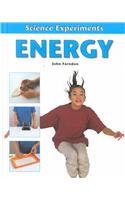
Week 19:
More Acidity in Nature: Acidic Liquids: Acid Rain
Read and discussed Acid Rain, Mary Turck.
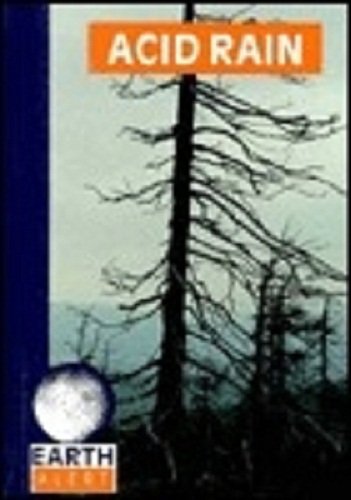
Read The Magic School Bus and The Electric Field Trip, Joanna Cole.
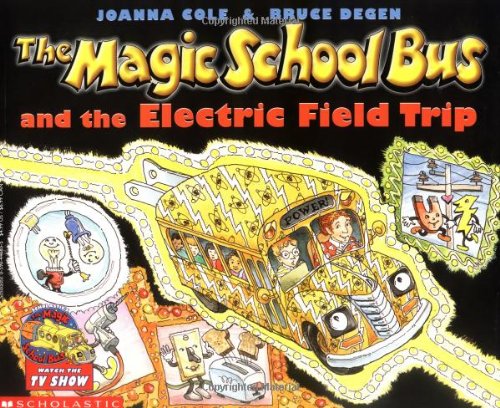
Watched "The Magic School Bus: Getting Energized" - use of new energy sources.
(Tree of Life Class: Arthopods - I kept a separate notebook for this class so didn't list everything about it here....)
Week 20:
4-H visited Tree of Life Class with live arthropods and mounted insects. Brought scorpions, spiders, millipedes, hissing cockroaches, stick insects, etc.
I provided lots of insect/arthropod related worksheets for this portion of the class and the kids also sketched some of their favorites. I also had puzzles, stamping kits to create your own insect; insect glasses or monoculars for them to experiment with how insects see, etc., etc.
Read:
All About Light, Lisa Trumbauer
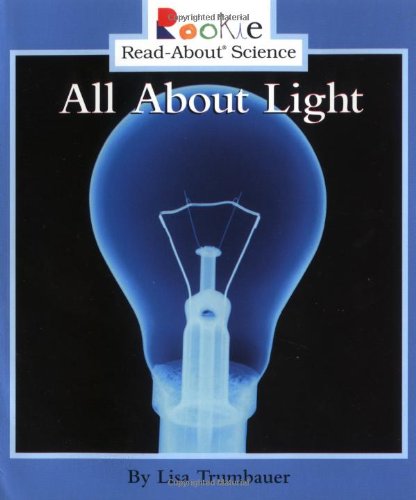
How Did we Find out About Sunshine? Isaac Asimov
Week 21:
Carbon Chemistry
Read from Sparks of Life: Carbon, Jean Blashfield.

Week 22:
Read from Invisible Journeys: Energy, World Book
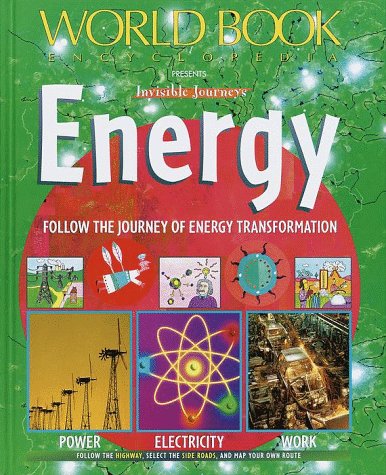
Week 23:
Read from Acid Rain, Alex Edmonds

Week 24:
My son began a two series physics class with an outside instructor (an hour long each). Sketched a variety of simple machines.
Week 25:
Outside physics class continued. (All hands-on experimentation.)
Week 26:
Little mini-co-op had another instructor who did a two series chemistry class (each an hour long).
Week 27:
Second outside chemistry class. (All hands-on experimentation.) Completed numerous worksheets on atoms and molecules; elements; etc.
Week 28:
Last class for Tree of Life. (I kept a separate notebook on the details of that class....)
Colloidal Suspensions
Read From Grass to Milk, Stacy Taus-Bolstad and From Milk to Ice Cream.


Week 29:
Read How Did we Find out About Superconductivity? Isaac Asimov.

Week 30:
Did experiments from the book Chemistry and Cooking, Philip Carona. (FINALLY. I had only kept it overdue from the library for long enough to buy the poor little water-logged thing from the 1970's a hundred times over....) I LOVE this book!
Read From Egg to Chicken, Robin Nelson.
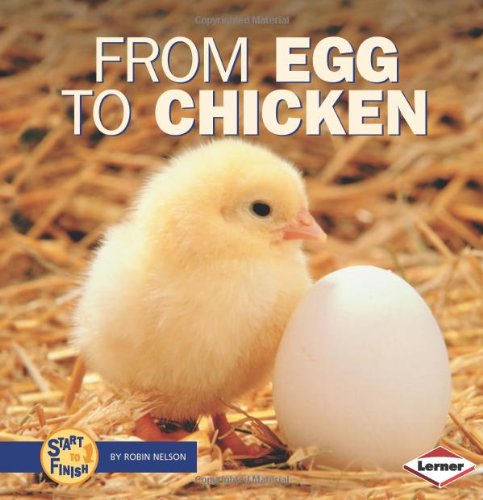
Week 31:
Attended Cincinnati Museum Center homeschool day regarding insects. Saw Goliath, Bird-eating Spider.
I don't have notes for the last five weeks. So I either fizzled completely or didn't manage to get them in the book, lol.... In looking back, however, he did do about 36 experiments - so that averages to one per week....
Other outside activities he did during the year:
In September, we visited an Apple Farm and toured the cider press, etc. Owner explained raising of apples and making of cider, vinegar, etc.
At the end of September our Arboretum at UK held a fall leaf collection workshop.
In the fall, I led a 4-H Horse Club (stopped finally due to poor attendance) to several field trips at area farms, etc. We visited Ramsey Farm first and learned all about how a horse farm operates. We also visited Claiborne Farms Stallions.
We saw the IMAX film "Hurricane on the Bayou" all about Hurricane Katrina.
He attended Harry Potter Camp at the Cincy Zoo, where they always do a little chemistry magic....
He attended the USAF Museum homeschool day, where they always have physics classes. He did "Fun with Flight" and "Space Colony." He sketched loads of planes in the wake of our visit.
All in all, it's a LOT more than you think when you look back. Even if you don't stay organized or on track or on schedule, or whatever - just keep seeking those science opportunities and science WILL BE LEARNED! This kid is now a math and science kid who wants to be a vet (I know, I know, the outlook is horrible....)
He just got in to our Governor's Scholar summer program here (don't know if all states have something like this but it insures free or greatly reduced in-state tuition and can even help with scholarships to out of state schools).... He has taken Honors Biology, Honors Anatomy, Honors Geophysical Science, Honors Chemistry, AP Physics 1 and is on track to take AP Biology and AP Physics 2 next year. I am a totally non-physical science kinda person (save for geology). You CAN cover subjects with your child, when young, and instill a love of learning in them for that subject that will stand them in good stead when they are older.
Regena
3 comments:
Hi, Regena. I occasionally do a Google search to see how my books are being used. I was pleased to see that you include my book The Quark on your reading list.
I am in the final stages of updating and expanding my subatomic particles series. The new series will be published by Cavendish Square as "Understanding the Subatomic World" later this year with a 2016 copyright.
Besides correcting minor errors, having a thorough redesign, and updating the six original books, it will have two additional titles, one on the Higgs Boson and the other on the Large Hadron Collider.
Again, thanks for your appreciation of my work. I hope you always follow your questions!
Scientifically yours,
"Dr. Fred" Bortz
Thanks, Dr.Bortz! I meant to tell everyone that a lot of these books have probably been updated now. Science is changing quickly!
Oh! And if you click on Dr. Fred's name at the beginning of his post, you can visit his webpage which contains all kinds of cool science info! Thanks again, Dr. Fred!
Post a Comment